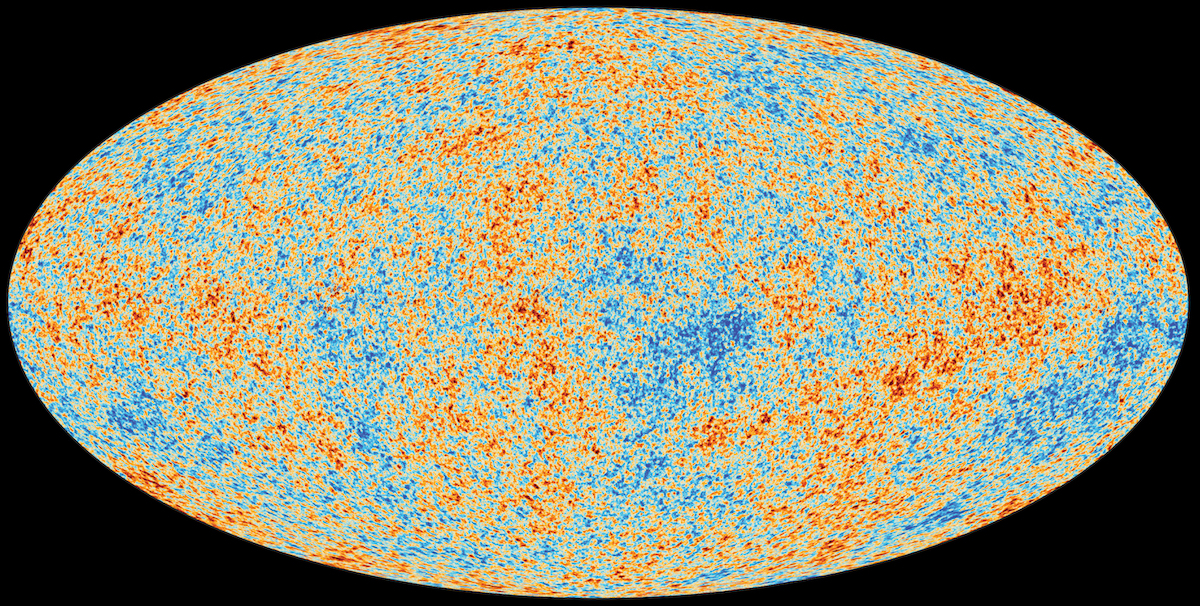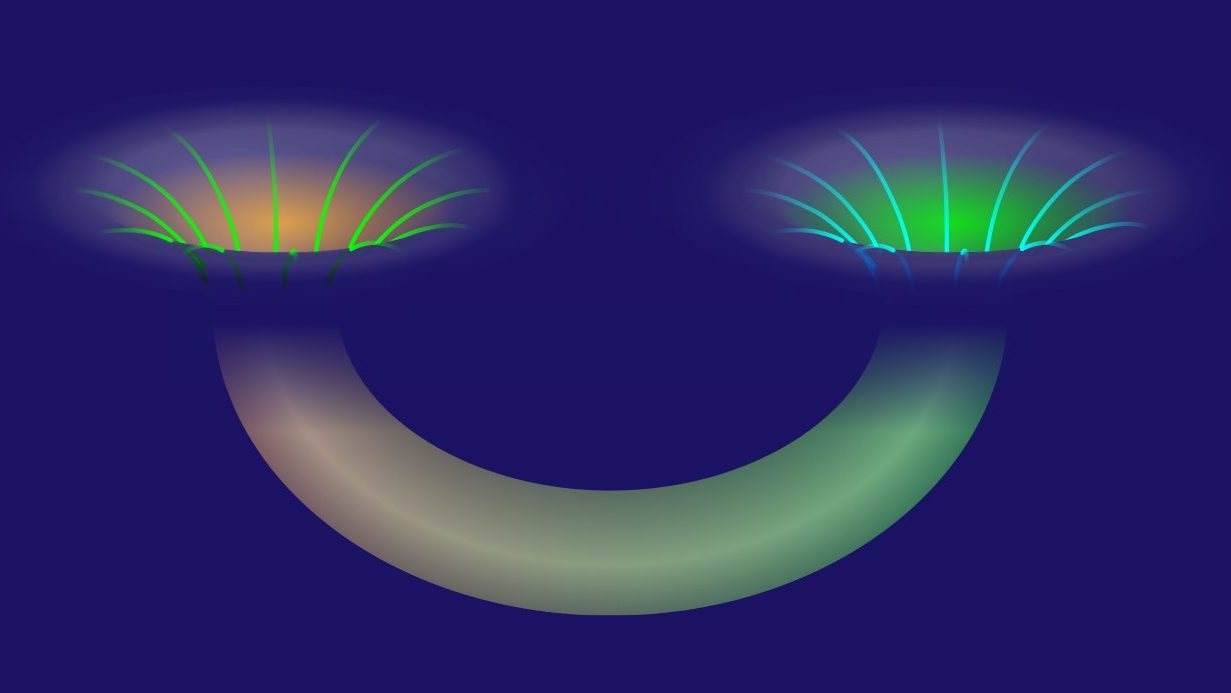It was a lecture I’ll never forget.
It was the mid-1980s, when I was a postdoc fellow at the Fermi National Accelerator Laboratory (Fermilab) in Illinois. And I was giving a seminar when I looked out into the audience and saw one of my professional idols—James Peebles, the grand patriarch of modern cosmology. You can imagine how I felt.
James Peebles today.
It was during a summer workshop at the Aspen Center for Physics. Peebles sat in the back of the room, and seemed to be really paying attention to what I was saying. Flattered and somewhat terrified, I kept waiting to see his hand go up. I talked for half an hour about my work with the head of the Fermilab astrophysics group, Rocky Kolb, on some exotic candidates for dark matter. Peebles himself was an expert on dark matter—a hypothetical kind of matter that is conjectured to swarm around galaxies and is responsible for some of their key properties, many of them proposed by Peebles.
Jim’s hand never went up, and I finished the seminar. Now, the only thing worse than a tough question during a talk is neglect. Had Jim thought my work was rubbish, so bad that it wasn’t “even wrong,” as the famous physicist Wolfgang Pauli once told a humiliated student?
I answered a few questions and took off, when I heard a voice calling me. It was Jim Peebles.
“Marcelo,” he said, “I really liked what you had to say there. This idea of using phase transitions to create solitons is quite nice. Keep me informed as you make progress.”
Leaving aside what “using phase transitions to create solitons” means (basically, using abrupt changes in the cosmic dynamics to create small lumps of matter that can be candidates for dark matter), I was struck by Jim’s kindness and sincerity. Not many ultra-famous senior scientists pay attention to younger ones. Then and now, theoretical physics remains a very competitive field, with lots of smart people vying for way too few jobs in academia.
To have the imprimatur of an established scientist meant the world to me, giving me the energy to push forward. And looking into Jim’s eyes as he talked to me, I could sense that he knew this. He probably doesn’t even remember this quick first encounter, but he made an enormous difference in my early career, giving the impetus to push forward.
Fast forward about three and a half decades to last week, when I learned that Jim had just won the Nobel Prize in Physics. Jim, of Princeton University, won half the prize for his pioneering work on physical cosmology, the blending of physics and astronomy that tries to reconstruct the cosmic history from a primeval fireball to today. The other half was shared between Michael Mayor and Didier Queloz of the University of Geneva in Switzerland, for being the first to discover a planet orbiting a Sun-like star.
Existential questions
This Nobel Prize represents that space where science meets existential questioning. We humans have this primal need to know our origins, the “Where do we come from?” kind of questions that we find in almost every religious tradition. It is no wonder that the Bible starts with an account of the origin of everything, and that creation myths define the values of cultures across the world.
What’s truly remarkable is that now science is an integral part of this conversation, providing insights based on a methodology grounded on the laws of physics and precise astronomical observations.
It was this realization that drove me into physics as a teenager. How amazing is it that modern science can actually answer some of these ancient questions about our origins? Never in my dreams had I expected to live to see the tremendous progress in the theory and mapping of our Universe that we have witnessed in the past two decades.
Jim’s work was central to this. I had read his papers and textbook, of course, as had most other young cosmologists. A tall and skinny man, built more like a long-distance hiker than a theoretical physicist, Jim had an almost legendary stature, given his calculations in the very early days of the Big Bang model that advanced the field. He also estimated that the universe should be bathed in microwave radiation, confirming estimates by Ralph Alpher, George Gamow, and Robert Herman dating to the early 1950s. And many others, equally essential to modern cosmology.
So much of research is portrayed as a successful endeavor. We hear mostly the good stories, the ones the media reports, the prizes and important discoveries. That makes a lot of sense, of course, but the truth is that most of research is about failure. The vast majority of ideas go nowhere.
Persistence is absolutely essential. To be a successful scientist, you need to be stubborn. You need to believe that you have something important and new to say. You need to be prepared to work long hours, to embrace the grind. Everyone goes through this, including those who discover something truly important, like how the early universe forged the lightest atomic nuclei (Peebles) or that you can use the slight wobbling of a star to deduce that there are planets orbiting it (Mayor and Queloz).
When persistence pays off, you open new windows to everyone, scientist or not. Jim is a true window-opener. We can all thank him for making the universe a little more familiar to us.
Peebles was interviewed just moments after learning he’d won the Nobel Prize. He talks about hoping to be surprised again in our search for the missing mass of the universe:
The post How a Future Nobel Winner Inspired Me appeared first on ORBITER.






